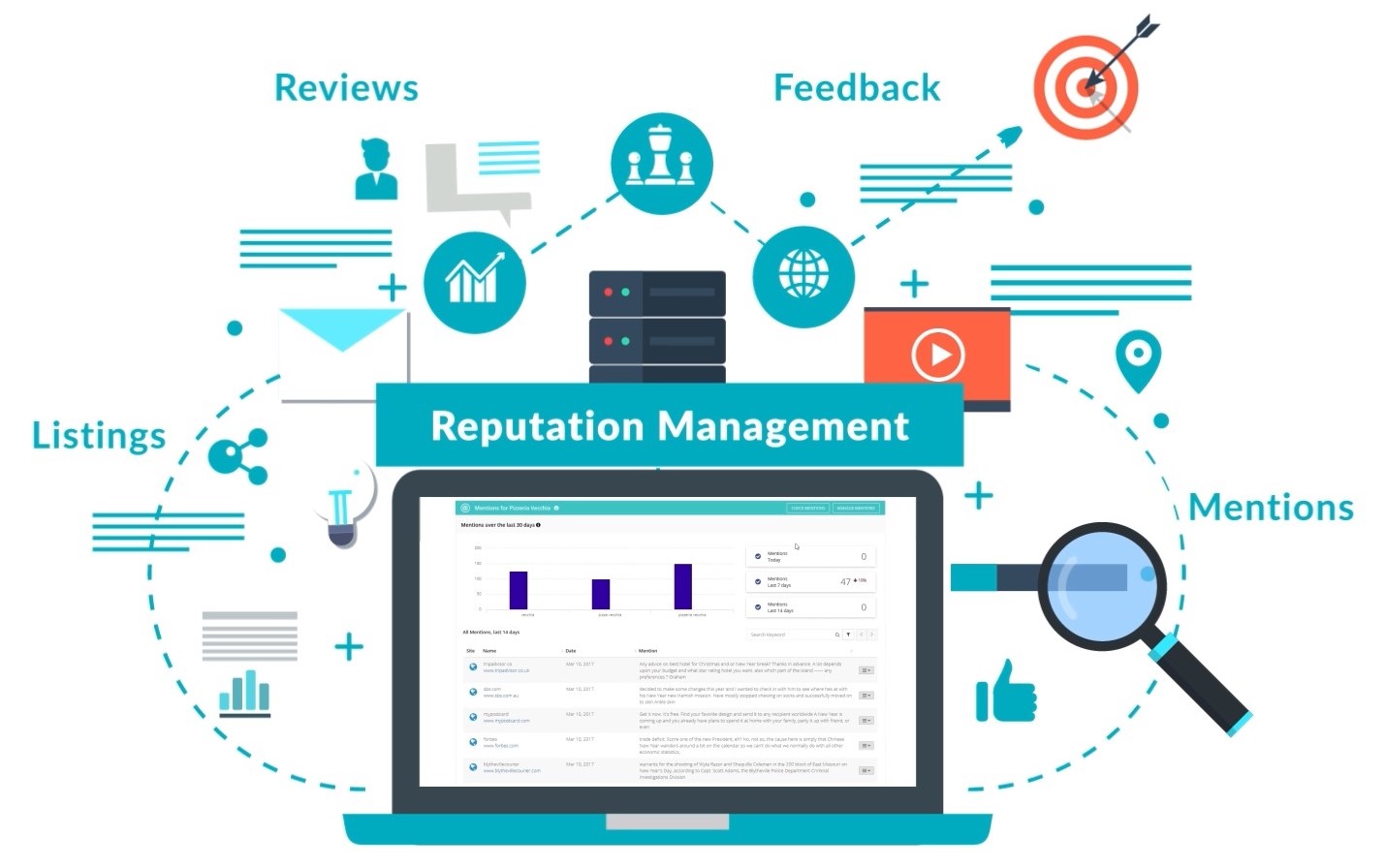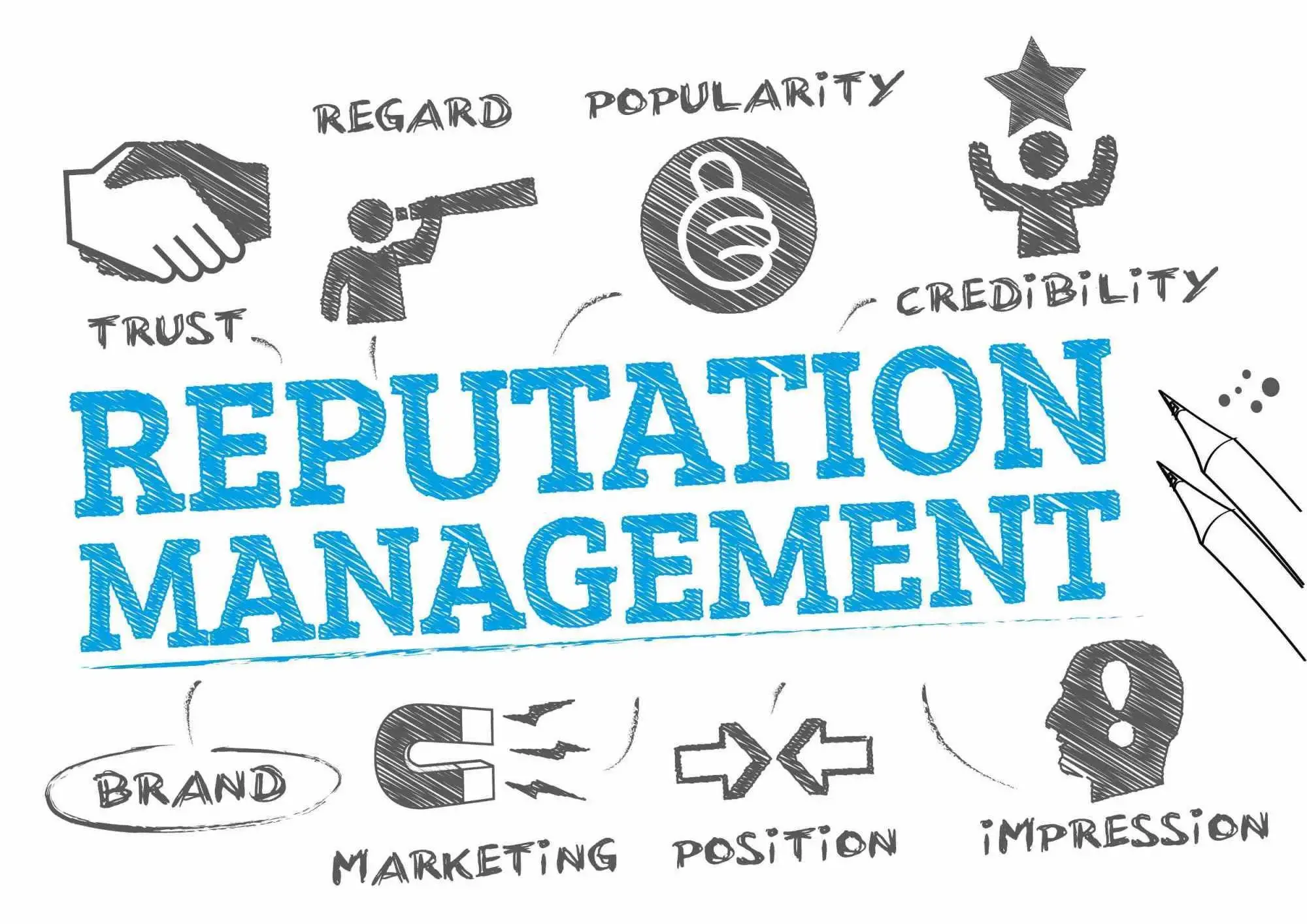
In today’s hyper-connected world, brand reputation management has emerged as a critical discipline for businesses striving to foster trust and loyalty among their customers. With the rise of social media and online reviews, consumers now have a powerful voice that can significantly influence a brand’s public perception. This dynamic landscape demands that organizations proactively monitor their reputation, responding swiftly to both positive and negative feedback while nurturing their brand identity. Understanding the nuances of brand perception is essential for brands aiming to navigate the complexities of consumer behavior and market competition.
Effective brand reputation management not only involves tracking and addressing customer sentiments but also encompasses the strategic development of a strong brand narrative that resonates with audiences. Companies must integrate their values, mission, and customer engagement into their overall reputation strategy to foster long-term loyalty. In this article, we will explore the key components of brand reputation management, best practices for implementation, and the tools available to support businesses in safeguarding and enhancing their reputational standing in an increasingly volatile marketplace.
Key Components of Effective Brand Reputation Management
Successful brand reputation management hinges on several critical components, including consistent communication, customer engagement, and proactive monitoring of online sentiment. Companies should prioritize discovering and amplifying positive customer experiences while swiftly addressing any negative feedback. Utilizing analytics tools can greatly enhance understanding consumer sentiment and help identify potential reputational risks before they escalate. Localized strategies, such as implementing brand reputation management Philadelphia, enable businesses to tailor their approach to specific demographics and regions, creating a more impactful and authentic connection with their target audience.

Best Practices for Reputation Enhancement
In order to cultivate a resilient brand reputation, businesses should adopt best practices such as transparency, responsiveness, and continuous improvement. Engaging with customers through social media platforms and responding to inquiries in real-time can significantly enhance trust and reliability. Additionally, regularly soliciting feedback and demonstrating a commitment to addressing concerns not only strengthens client relationships but also showcases the brand’s dedication to service excellence. Companies are encouraged to invest in training staff on reputation management strategies, empowering every team member to be an advocate for the brand while maintaining a positive company culture that aligns with its core values.
In conclusion, brand reputation management is no longer a reactive measure but a proactive necessity in today’s digital age, where consumer opinions are shared instantaneously and can shape a brand’s destiny. Businesses must recognize that their reputation is a valuable asset that requires ongoing investment and vigilance. By focusing on transparent communication, engaging authentically with customers, and remaining adaptable to feedback, organizations can build a resilient reputation that not only withstands challenges but also propels them toward sustained growth and success. Ultimately, an effective reputation management strategy intertwines a brand’s core values with customer-centric practices, fostering long-term loyalty that is essential for thriving in a competitive marketplace.





